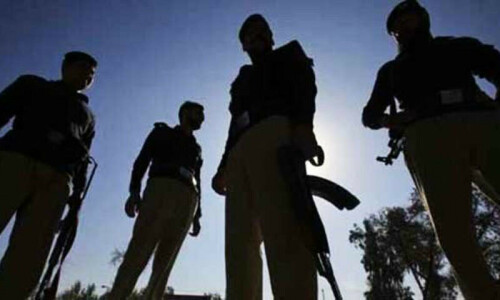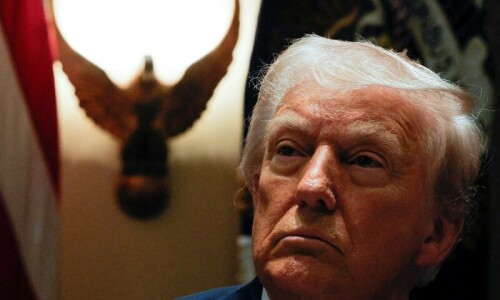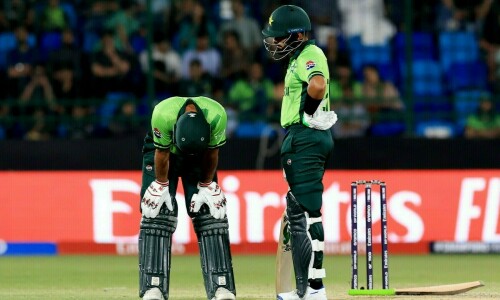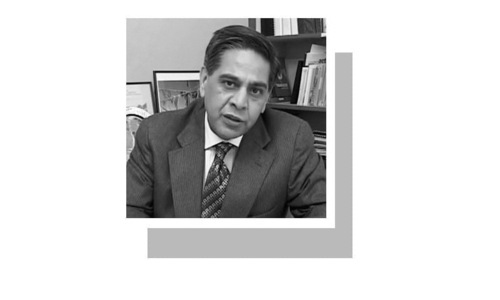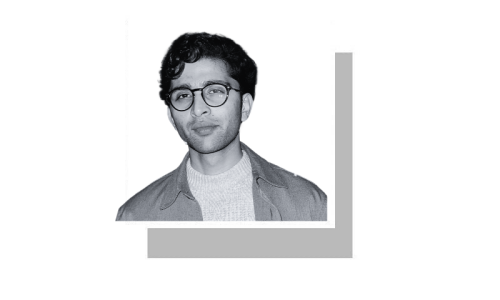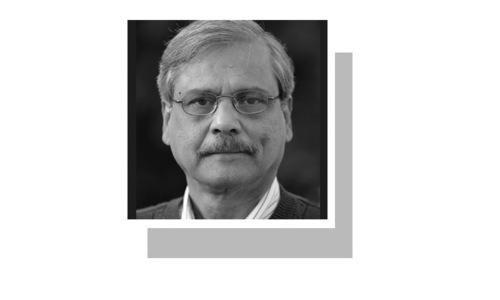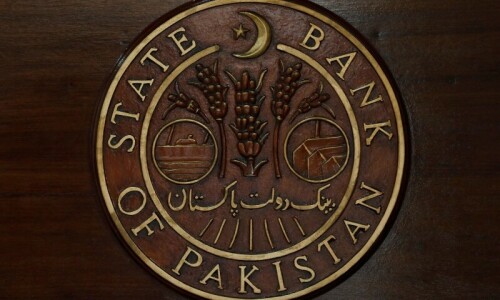NEW DELHI: India’s Supreme Court lifted a ban rooted in a centuries-old tradition that prevented women of menstruating age from entering a prominent Hindu temple in southern Kerala state, upholding rights to equality of worship.
The authorities at the Sabarimala temple, which attracts tens of millions of pilgrims every year, have said the ban on women and girls aged from 10 to 50 was essential to the rites related to the temple’s chief deity Ayyappan, considered eternally celibate.
In some Hindu communities, menstruating women are regarded as unclean, leading to restrictions and in a few cases outright bans on women of child-bearing age from entering certain places.
Lifting the ban, the Chief Justice of India said “restrictions put by Sabarimala temple can’t be held as essential religious practice”.
“No physiological and biological factor can be given legitimacy if it does not pass the test of conditionality,” Justice Dipak Misra said in the judgment.
Stating that society needs to undergo a perceptual shift, Misra said “patriarchy in religion cannot be permitted to trump over element of pure devotion borne out of faith and the freedom to practise and profess one’s religion.” It is the latest in a series of landmark judgments by the top court this month, involving some of the most sensitive issues in Indian society.
On Thursday, the court struck down a colonial-era law that criminalised adultery, a day after clipping the wings of a national biometric identity card programme because of privacy concerns. Earlier this month, it scrapped a law banning gay sex, sparking celebrations across India and elsewhere in South Asia, where activists hope to push for similar reform.
The Supreme Court, one of India’s most powerful institutions, has seen a manifold rise in public interest litigation in recent years. That is partly because Indian governments have tended to drag their feet on controversial decisions.
“The law and the society are bestowed with the Herculean task to act as levellers,” Justice Misra’s judgment said.
Published in Dawn, September 29th, 2018

















